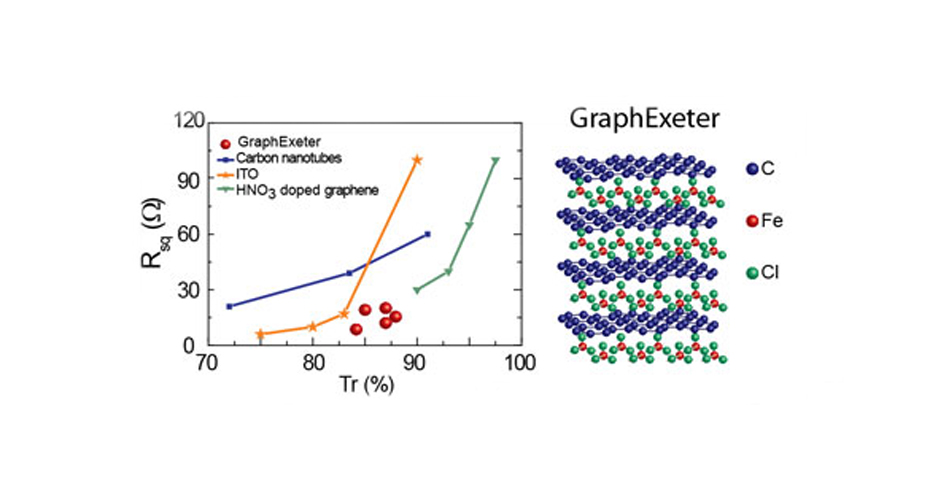Quantum transport
This theme embraces classical and quantum mechanical aspects of charge transport in nanostructures. This includes quantum interference, the quantum Hall effect and quantum confinement. Novel electronic devices are devised, to study conduction and the interplay between different scattering mechanisms.
We are looking for enthusiastic PhD students to join our group; please contact Professor Saverio Russo to find out more.
Research lead: Dr David Horsell
Research Fellows: Liangxu Lin, Alexis Perry, Mark Heath
PhD Students: Sneha Eashwer-Singhraj, Denis Nikiforov, Lauren Denton, Tobias Bachmann
MPhys Students: Jack Bartlett, Oliver Pakenham-Walsh
Our experimental lab investigates the fundamental physics that lies at the heart of the physical properties of nanomaterials.
The main focus of our research is the scattering processes that control the electrical conduction, which we probe with a number of techniques including weak localisation, mesoscopic fluctuations, flicker noise, non-linear conductance and electrochemistry. Though our work is predominantly fundamental, we also investigate the underlying physics of sensing technologies.
Alumni
Adam Price, Aleksey Kozikov, Alexey Kaverzin, Sam Hornett, Lily Battershill
Funding
EPSRC, TSB, Royal Society
Academic lead: Professor Saverio Russo
Research Fellows: Liping Lu, Laureline Mahe, Iddo Amit, Adolfo De Sanctis
PhD students: Gareth Jones, Selim Unal, Nicola Townsend, Jake Mhewe, Saad Rhamadan
The physics of future electronics is largely driven by the needs for reducing the size, enhancing the performances and combining novel functionalities in a single electrical device.
The science of systems which are just one or few hundreds of atoms (i.e. nanoscale systems) differs significantly from that of macroscopic devices as it thrives primarily on the fundamental laws of quantum mechanics. This is leading to the discovery of a new realm of physical properties.
Our research group is pioneering the novel science found in nano-systems. In particular, we are currently studying the electrical properties of graphene materials, which are just one or few carbon atom thick with honeycomb structure. In these materials charge carriers have a record high mobility at room temperature and behave as massless Dirac fermions. Here are our main research directions.
Whole graphene electronics
We are developing graphene-based flexible and transparent electronic devices. This is done by direct writing circuits in an insulating sheet of chemically functionalized graphene with fluorine adatoms with an electron beam.
Graphene nano-devices
We are exploring novel technologies for fabricating suspended and double gated graphene transistors to access the electric field tuneable low-energy band structure in few-layer graphene and the electro-mechanical properties.
Search for highly conductive and transparent materials
We have developed GraphExeter (see Figure 1 above), which is the best known transparent material able to conduct electricity and it is a suitable replacement for Indium Tin Oxide (ITO) commonly used by display industries. This material is obtained by introducing molecules which act as dopants between the planes of few-layer graphene.
Superconducting-graphene hybrid structures
We are exploring the feasibility of solid state entangler devices based on hybrid structures of graphene and superconducting materials.

